Room 102, Building 13, Area A, Wanyang Zhongchuang Park, Ganyao Town, Jiashan County, Zhejiang China.

Oil pipe screws, also known as tubing or coupling connectors in the oil and gas industry, play a critical role in maintaining the integrity of pipelines used for drilling, extraction, and transportation. Over time, these components can degrade due to mechanical stress, corrosion, wear, or improper installation. Recognizing when an oil pipe screw needs replacement is essential to prevent leaks, equipment failure, or even safety hazards.
1. Visual Inspection for Wear and Damage
The first and most straightforward method to determine if an oil pipe screw requires replacement is through visual inspection. Look for:
Thread damage : Stripped, galled, or flattened threads can compromise the connection's strength and sealing capability.
Cracks or deformations : Any visible cracks, bends, or dents on the screw surface may indicate structural weakness.
Corrosion or rust : Exposure to moisture, chemicals, or harsh environments can lead to corrosion, especially in carbon steel components.
If any of these issues are present, the screw should be replaced immediately to avoid potential failure during operation.
2. Thread Wear Measurement
Beyond visual signs, precise measurement tools such as thread gauges or micrometers can help assess whether the threads are still within acceptable tolerances. API (American Petroleum Institute) standards define specific dimensions and tolerances for oil pipe connections. If measurements fall outside these specifications, the component no longer meets operational requirements and must be replaced.
Common indicators include:
Reduced crest width
Increased root radius
Thread pitch distortion
These changes reduce the load-bearing capacity and sealing effectiveness of the connection.
3. History of Leaks or Sealing Failures
Frequent leaks at the connection point, despite proper installation and torque application, often signal that the oil pipe screw is no longer capable of providing a secure seal. This could be due to worn threads, incorrect makeup, or material fatigue. In such cases, replacing the screw is usually more cost-effective than repeated repairs or downtime.
4. Torque Irregularities During Makeup
During installation, abnormal torque readings—either significantly higher or lower than expected—can indicate problems with the screw or mating component. High torque may suggest galling or thread mismatch, while low torque could mean inadequate engagement or worn threads. Either scenario increases the risk of connection failure and necessitates replacement.
5. Service Life and Usage Frequency
Even in the absence of visible damage, oil pipe screws have a finite service life based on their usage frequency and operating conditions. High-pressure environments, cyclic loading, and exposure to corrosive substances accelerate wear. Operators should follow manufacturer recommendations or industry guidelines regarding maximum usage cycles or recommended replacement intervals.
6. Non-Destructive Testing (NDT)
For critical applications, advanced inspection methods such as magnetic particle testing (MT), ultrasonic testing (UT), or dye penetrant inspection can detect subsurface flaws invisible to the naked eye. These tests are particularly useful in offshore or high-risk environments where failure could result in significant consequences.
Determining whether an oil pipe screw needs replacement involves a combination of visual checks, dimensional analysis, performance history, and advanced testing methods. Regular inspections and adherence to industry standards like API SPEC 5B can significantly enhance the reliability and safety of oilfield operations. When in doubt, erring on the side of caution by replacing questionable components is always the safer choice.
Proper maintenance and timely replacement of oil pipe screws not only extend the life of equipment but also ensure operational efficiency and personnel safety in the demanding conditions of the oil and gas sector.
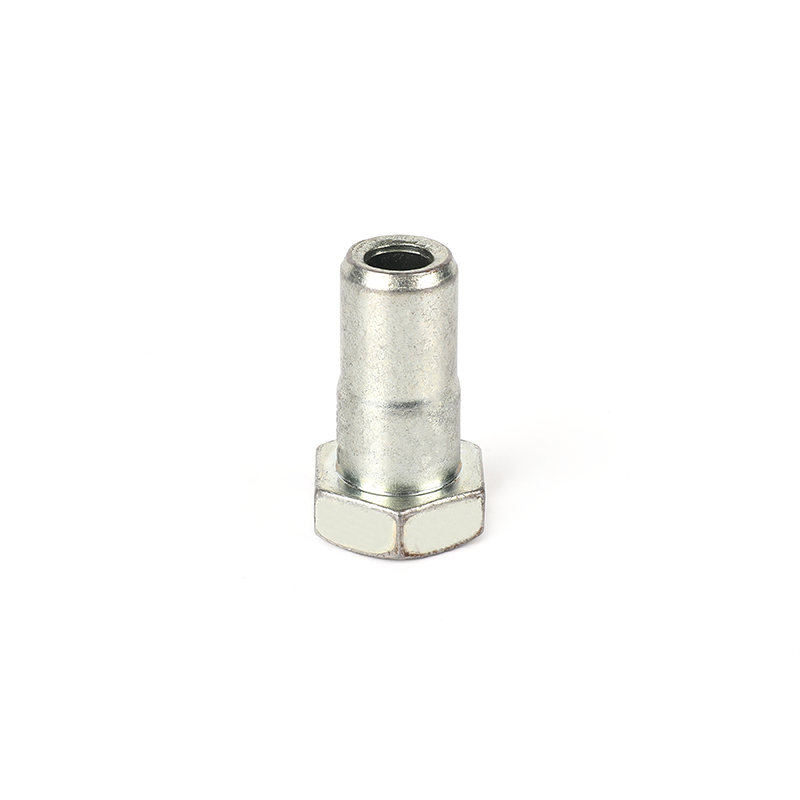
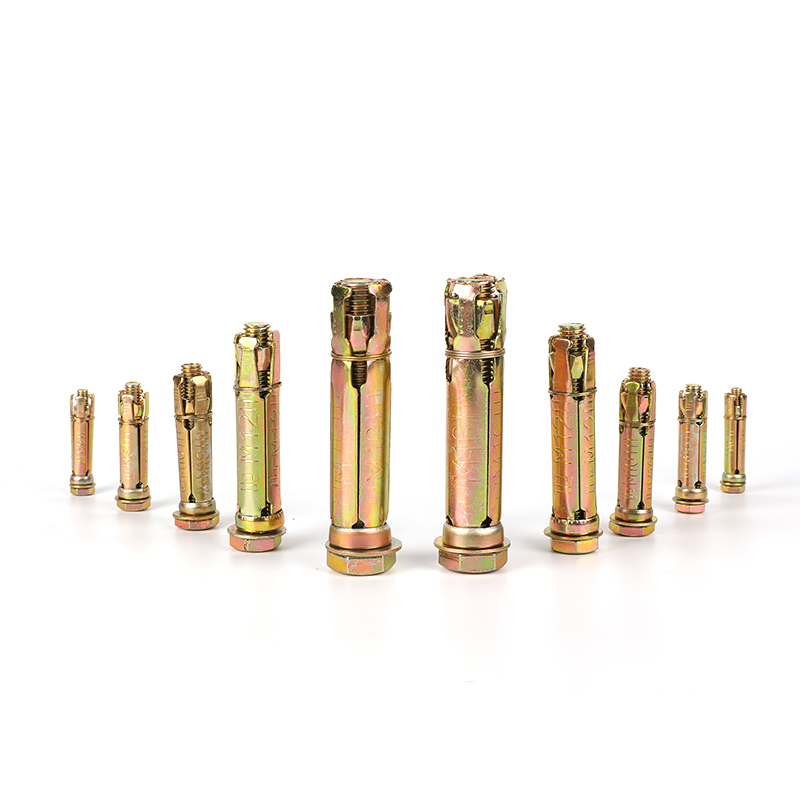
Fix anchorbolts include bolts, washers, nuts and 4PCS cylindrical shields. By tightening the bolts, the shields tubes expand and the components can be...
See Details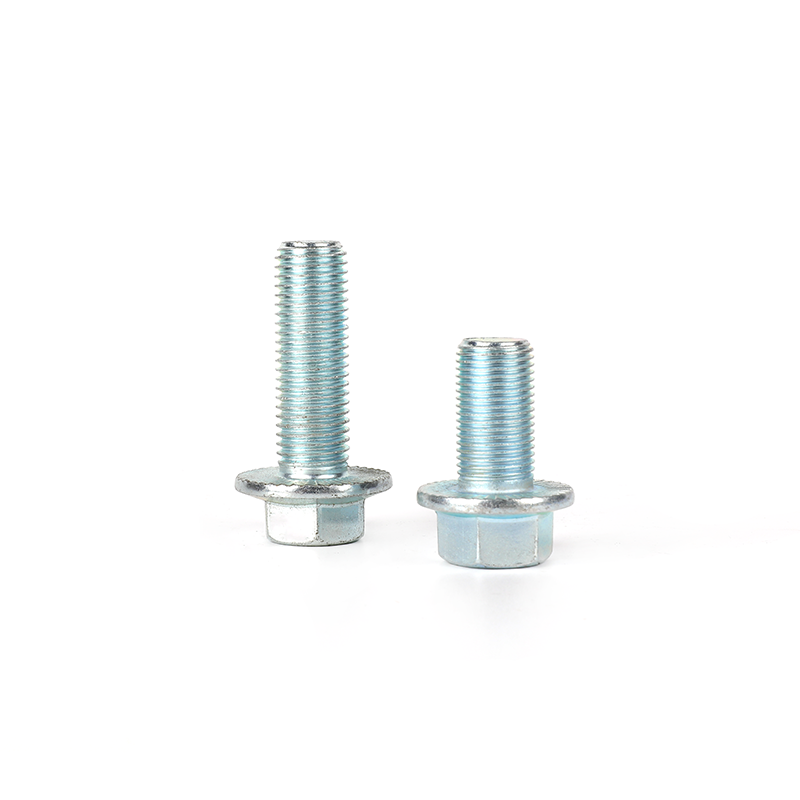
Flange bolts are specially used to tightly connect pipes and components with flanges. We produce flange bolts are solid t and durablethat, compling wi...
See Details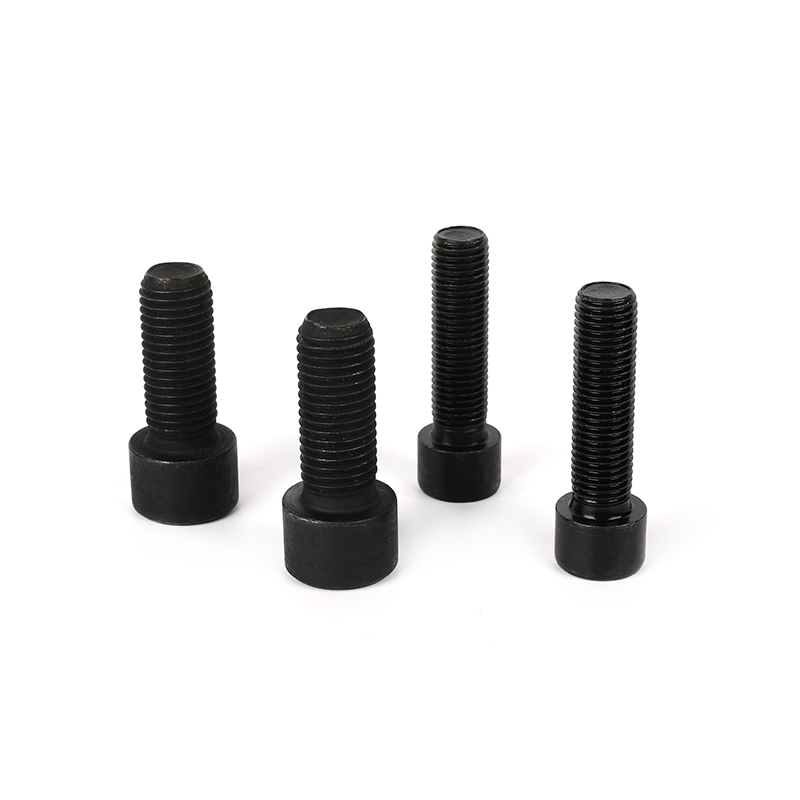
The Grade 8.8 black oxide full-thread hexagon socket bolts have an internal hex design and needs to be used with a wrench with a hex head. Its full th...
See Details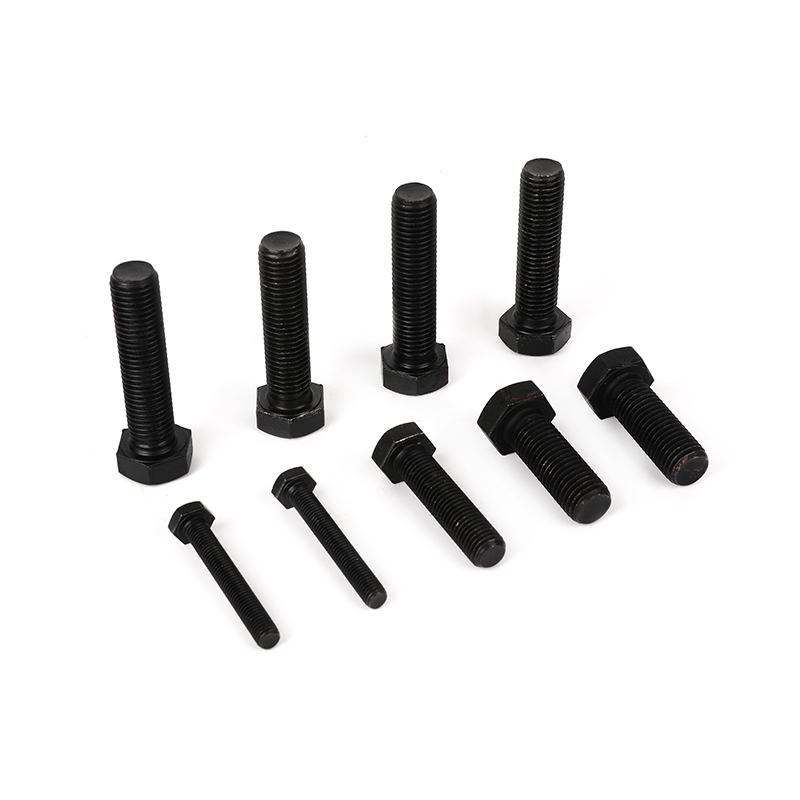
Grade 8.8 black oxide full-thread hexagon bolts is a very common fastener and requires a wrench or hex wrench to tighten it. Our hex head bolt meet th...
See Details
This product is made of high-quality carbon steel and undergoes a rigorous heat treatment process. It has high strength, good elasticity and toughness...
See Details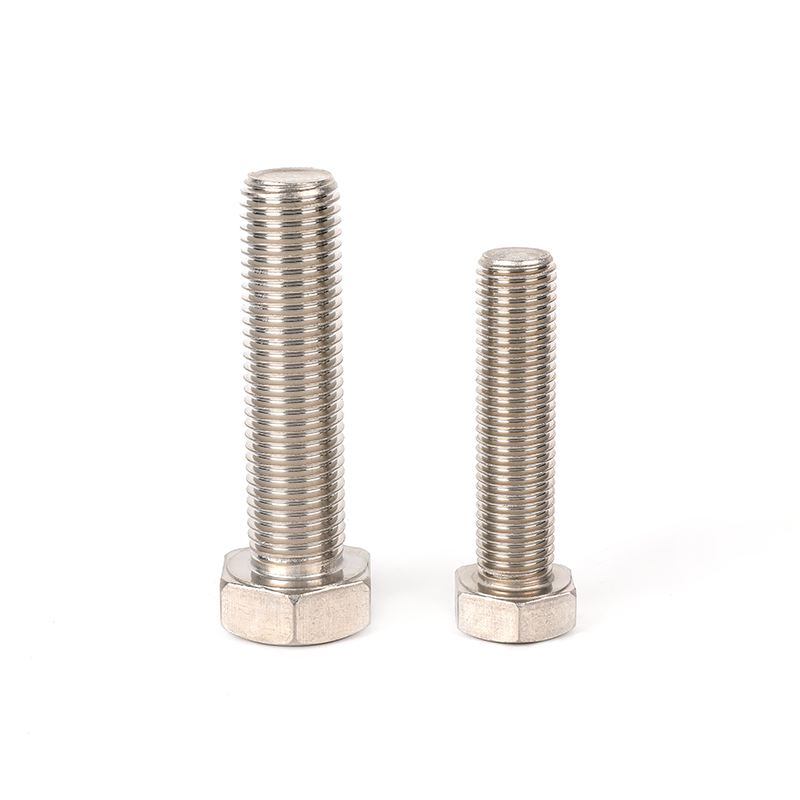
This 304 stainless steel plain full-thread hexagon bolt is a kind of fasteners made of high-quality stainless steel material and has corrosion resista...
See Details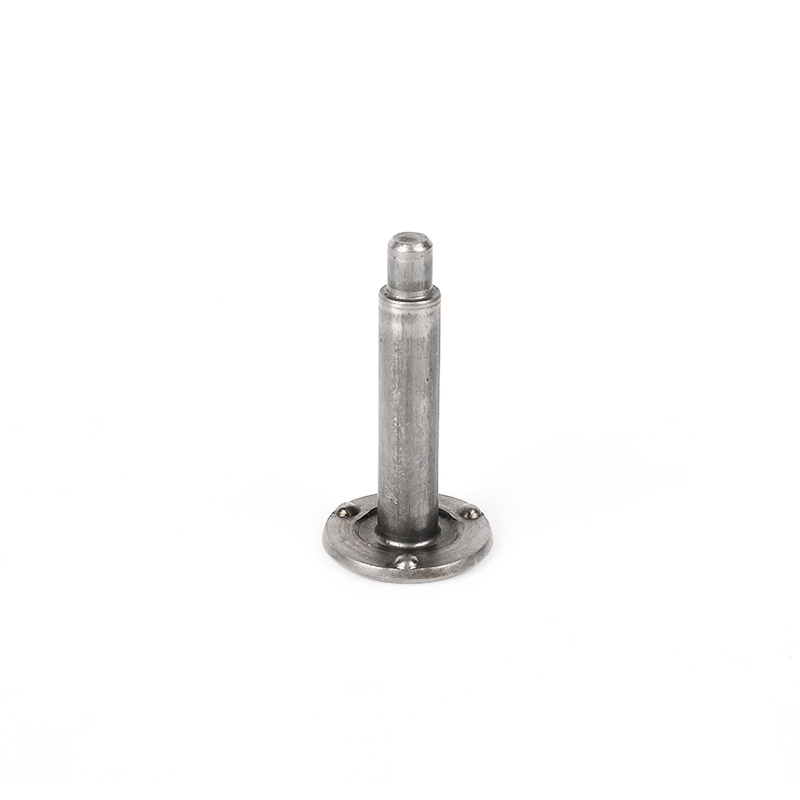
This plain round flat head weld shoulder bolt is a fastener suitable for a variety of welding applications. Its flat head and round head design makes ...
See Details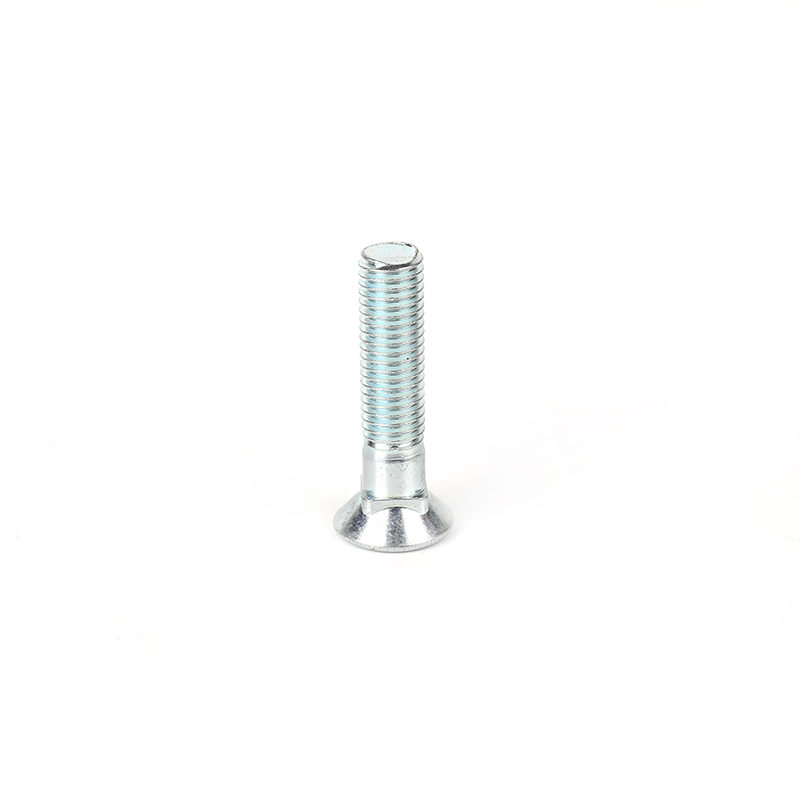
This Grade 12.9 zinc plated countersunk head square neck plow bolt has the advantages of high precision, high operability, high strength, and high ten...
See Details